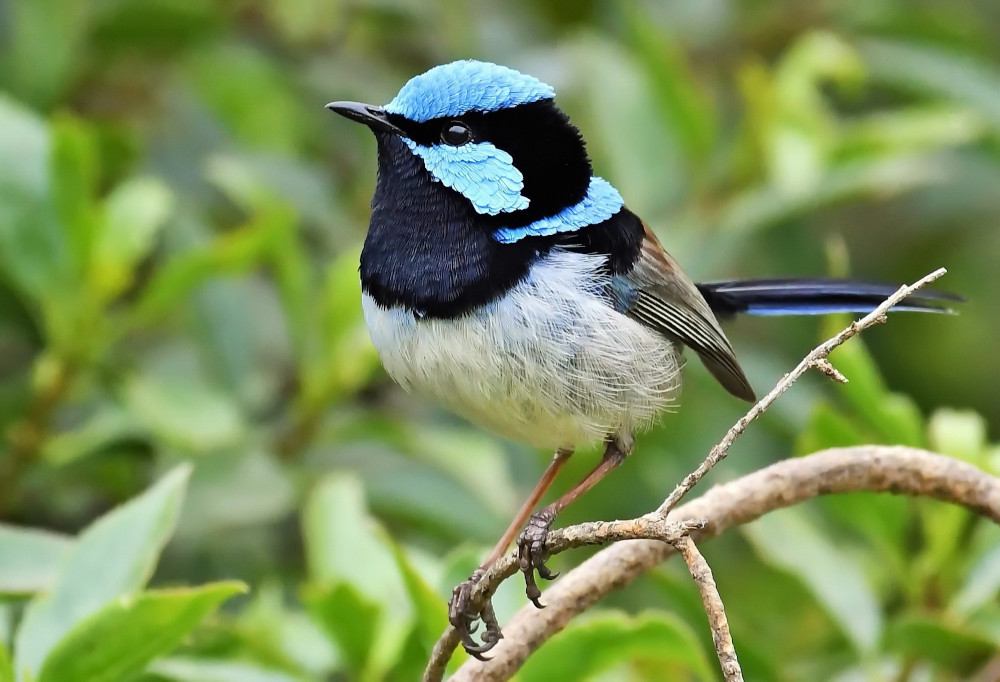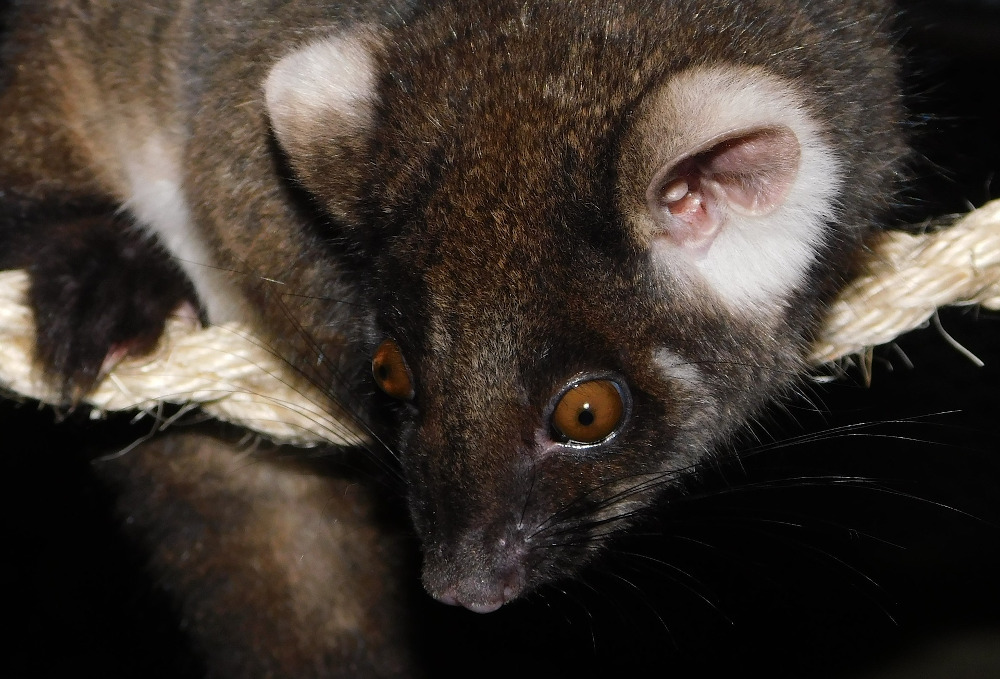Birds and wildlife can be attracted to backyards in a way that creates harmony for plants, people and animals. The key considerations are ensuring that wildlife you attract to your garden are safe from harm and nutritional problems, and that their behaviour is not modified in a way which is detrimental to their overall health and survival.
Attractants
Firstly, it is helpful to know what wildlife species inhabit your local area and which ones you would like to attract to your garden, as this will help you determine what natural foods they prefer. This will provide ideas on selecting appropriate locally indigenous native species of flowering and fruiting plants which not only provide a food source for wildlife but also protective shelter and cover.
Using a bird feeder may also be an option to provide a small amount of appropriate food considered to be part of the natural diet for local bird species. A bird bath located near foliage is a great bird attractant, especially during summer where cool, clean fresh water is a welcome delight to many different species. Bird baths need to be regularly cleaned as they can become contaminated with bird droppings and algae growth. They also need to be placed in a position which prevents access by domestic pets.
If you live in an area where possums are common, artificial nesting boxes can provide a safe haven for these inquisitive marsupials and will reduce the likelihood that they will seek shelter in the roof spaces of your house. Placing small pieces of cut-up fruit in the box will help attract possums and encourage them to settle in the nesting box home you’ve provided. However, you will still need to make sure any gaps or entry points into the house roof cavity are blocked to prevent access.
Are there any risks?
There are several risks which need to be considered when attracting wildlife to share your garden but with good planning, problems can be avoided. These risks relate to the type of food provided, predator attack, and dependency and conflicts relating to natural behaviour of wildlife.

Food related risks
Nutritional imbalances can occur when wild animals are given foods that they would not encounter in the wild or when they are given too much of a particular food. Examples include:
- Magpies and kookaburras who are fed a high meat diet, especially young growing birds, can develop weak bones and beaks, which can bend and break easily.
- Ducks who are fed a lot of bread can have poor nutrition. Bread has a low nutritional value compared to foods that ducks would naturally find in the wild but they like it and will eat this instead of other natural healthier foods. It can also contribute to nutritional imbalances that cause deformities to develop. Bread can be thought of as ‘junk food’ for ducks.
In addition, animals congregating in one place, such as around a bird feeder, are at a higher risk of infectious disease [1]. This is particularly the case when animals are fed in the same place over a long period, as disease-causing microorganisms can build up to high numbers over time.
Examples of diseases that are a risk when feeding wildlife include:
- Salmonella and Chlamydia psittaci infections; both of these bacteria can also cause disease in humans [2].
- Digestive system upsets; for example, fruit-based diets have been linked to life-threatening digestive problems in ringtail possums [3].

Dependency and effects on animal behaviour
Other dependency and behavioural problems include:
- Dependency of wild species on the human-provided food source [4] – this may be a problem if the person feeding the wildlife moves house or goes away for a holiday.
- Animals may start exhibiting nuisance behaviour, such as destruction of parts of buildings or gardens as well as stealing or harassing for food.
- Competition for food sources when high densities of animals are present can lead to aggression between animals and, at times, towards humans [4].
- Feeding is usually targeted towards only some of the local species – this can lead to ecological disruption, with the population of species being fed increasing beyond natural levels and the species that are not being fed being pushed away from the area.
- Attraction of introduced species, such as rodents, if any food is left over.
Predator attack
Animals who have become accustomed to humans can lower their survival defences, potentially making them more vulnerable to predator attack, including attacks from household or neighbouring pets. Domestic pets can cause serious injury and death to wildlife including reptiles, birds and marsupials. It is essential that pets are prevented from having direct contact with wildlife. Dogs can be trained to avoid contact with other animals. With cats, the best option is to contain them to your house or an outdoor enclosure where they can enjoy fresh air and sunshine without disturbing visiting wildlife (visit: Safe and Happy Cats). Some predatory birds may also learn that particular birds or other animals are regularly visiting a specific site, which may become a new hunting ground.
Helping wildlife in emergencies
Providing food to wildlife during extreme drought conditions or when habitat loss is due to bushfire or floods can be very beneficial in helping conserve animals who have survived the initial threat but are faced with limited or no food, water or shelter. In some areas, local wildlife organisations may already be feeding wildlife in these situations. Before taking any action, it is best to seek advice from state government departments responsible for wildlife management, wildlife organisations such as WIRES or Wildlife Victoria, or your state’s main zoo.
References
[1] Murray MH et al (2016) Wildlife health and supplemental feeding: a review and management recommendations. Biological Conservation 204:163-174.
[2] Lawson B et al (2014) Epidemiological evidence that garden birds are a source of human salmonellosis in England and Wales. PLOS ONE. 9(2).
[3] Johnson R, Hemsley S (2010). Gliders and possums. In Medicine of Australian mammals; Vogelnest L, Woods R, Eds.; CSIRO Publishing: Victoria, Australia; pp 420-421.
[4] Orams MB (2002) Feeding wildlife as a tourism attraction: a review of issues and impacts. Tourism Management. 23(3):281-293.
